|
Recently I got to put the Zeiss Conquest Gavia 85 30-60x85mm and the Athlon Cronus G2 UHD 20-60x85mm spotting scopes through a side-by-side test. I was very pleased with the quality of both optics. At 850 yards I was almost able to read 1 inch text with the Zeiss Gavia; while the Athlon Cronus was only able to make out the color of the text. Both have amazing clarity and magnification capabilities. When it came to cutting through mirage, the Zeiss Conquest Gavia 85 had a slight advantage over the Athlon Cronus G2, which provided a more clear and precise picture. However, the difference was just too miniscule to not be incredibly impressed with the Athlon Cronus G2 which is priced at just $999.99, while the Zeiss Conquest Gavia retails at $1999.99. Since the performance was so close together, if you are a budget minded buyer looking for the best bang for your buck, the Athlon Cronus G2 checks all the boxes. If you are looking for that top-tier spotting scope, that gives you that extra edge that most glass can't beat the Zeiss Conquest Gavia is the one for you. Ultimately, what it comes down to is the individual's preference and budget. However, based on the price point and clarity test that I was able to perform on a blue bird sky day, with 60% humidity, and at 85 degrees Fahrenheit, in open terrain conditions. I would highly recommend the Athlon Cronus G2 UHD as a cost-effective alternative without sacrificing quality. Stay tuned for the color test results, as I continue to explore features and capabilities of these amazing spotting scopes -Eric Briggs VS.
1 Comment
 Everyone wants the easy button and the industry has listened. Scope manufacturers have designed series of scopes known as BDC or Bullet Drop Compensation Reticles to accommodate the easy button request of shooters. The idea is that the reticle inside the scope already has Bullet Drop built in it, so just pick up the rifle and shoot your target at given distance. Rimfire BDC scopes are some of the most common scopes in the world. Everyone has an old 22LR sitting in the closet or in the gun safe and it would be so handy if a scope did all the work for you. Allowing for you to pick up some cheap ammo from the store and hit the range or timber. Pictured is a Rimfire BDC Reticle here is how you are educated on how to use it.
Are Rimfire BDC Reticles a Lie?The short answer is No - They are not a lie, but they are very misleading. Manufacturers have to make products that fit the masses. They can't make one-off scopes for each person with their pick of ammo and gun combo that is out there in the world. So they have compiled data on what is the most common ballistic performance of 22's on the market and developed their reticles to get you in the ball park. Wait... So how does it work for me?There is a high likelihood that your BDC Reticle is lying to you. Here why -
Real World Rimfire BDC Usage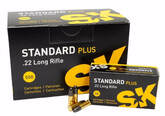 Do I need to throw away my Rimfire BDC? NO! It still can be used and used effectively. Here is how the above BDC Rimfire Reticle performed on one of our CZ457 Varmint Rifles, 20.5 inch barrel. Using SK Standard Plus 40gr 22LR Ammo at the factory prescribed scope magnification.
As you can see if we would have just take the values given to us from the manual we would would never be able to properly engage the target with our Gun and Ammo combo if we wouldn't have tested out real life performance. Conclusion
In the world of shooting nothing is more difficult when you get started than figuring out what scope is best for you. When it comes to Base Class shooting we have selected some of the top Titan's in the shooting world that you will see out there at matches to put side by side and see how they stack. To start lets lay down the criteria of why we picked these scopes.
Now that's out of the way lets jump into the weeds. MSRP and ReticleHelos BTR 6-24×50 APLR2 FFP IR MOA - $683.99Diamondback® Tactical 6-24x50 FFP EBR-2C MOA - $499.99Argos BTR 6-24×50 APMR FFP IR MIL - $444.99Best Reticle Design -The Helos really steps up with the Best Reticle Design of the three with it's Floating Crosshairs design. Below 10x The Helos and Argos are a superior reticle, as they are easy to read from minimum to maximum magnification. Once the Diamondback Tactical (DB TAC) gets to about 12x it's fine reticle starts to hold it's own. As we reach the 20x plus mark the DB TAC really starts to shine and be the best. The Helos and Argos get too bold/thick to use efficiently. The Argos's sweet spot is at 18x and the Helos is 20x. When competing in PRS or Hunting I find myself moving my magnification from 8-20x range. I rarely use full magnification unless spotting something for a visual. Turret DesignHelos - Had the best Turret Design with locking beefy over sized turrets. I was just at a match last month where the rifle had to be grounded to start. When the buzzer started I reached down to grab my rifle and hit my windage turret unknowingly. Causing for a very bad start to that stage. If I would have had locking turrets on that rifle it would have saved me some points. The Helos also had the most tactile feel for it's clicks and also the loudest audible click sound. Making it hands down the winner in this category. DB TAC - The machining of these turrets as my favorite. Short and Fact tactical turrets. awesome feel. The Audible click was great, right off a scope that I would expect to be well over $750.00. The Tactile feel of the turrets was lack luster. It has a mushy front and rear to it's position change. But! When you get the wall for it to click over to the next position it did have a very positive "click" feel when you made the position change. Very good for it's price point bracket. Argos BTR - Seems to be a great fit for it's price point. The Turrets are easy to use. The thin Base with the over-sized tops makes these turrets the easiest to use while wearing gloves. Something to think about if this will also be used for hunting. The Turrets tactile file was better than the DB TAC. Very Crisp in comparison. Something similar to what you would expect from a $750.00 Scope. While the audible click, it was the worst. Hollow and shallow in sound. What I would expect from a $300.00 Scope. Magnification and Glass QualityWhen staring this section of testing I thought for sure we had a clear winner. The DB TAC had the best clarity when testing from 6x to 12x out to about 100 yards. The Parallax adjustment was smoother and easier to get things into focus. When testing the Helos and Argos they did fine but just not as good as the Vortex did. At this point in time we had our mind settled. The DB TAC was going to walk away with the show. Next we changed to testing out to 100 yards with 12x plus magnification. The Higher the magnification the more drastically unforgiving the eyebox became on the DB TAC. Making it very difficult to hit the sweet spot on the scope. Also as we adjusted the magnification higher the harder it was to adjust the parallax to get a crisp image. As in all scopes the higher the magnification the less forgiving the eyebox is, but both the Athlon Scopes were more forgiving than the DB TAC. Past the 12x Point the Argos and Helos stayed about the same as with ease of use of the parallax adjustment to crisp up the image. No drastic change positive or negative. At the max magnification the Athlon scopes did perform better with parallax adjustment. Moving out to 200, 300, 400, 500 and 600 Yards everything stayed about the same when comparing the scopes. 600 to 875 yards The Athlon scopes held slightly sharper images. Looking out to 1000 and 1400 yards they looked about the same between all three scopes. You could see the target but very difficult to try to call any impacts. We have shot out with all three scopes to 1000 yards plus and can make it happen no problem. Just make sure you have a good spotting partner. On a side note on the magnification rings. Both the Athlon scopes came with built in Throw levers. The DB TAC had a very nice standard style ring. ConclusionIn conclusion these are all three great scopes! Each one earns it's right to be a Titan in the base shooting world. Here are our final thoughts.
We hope this helps ~ Happy Shooting! BRINK EXCURSIONS TeamSidy By Side ReviewAthlon NEOS 10x42 vs. Vortex Diamondback HD 10x42As part of looking of doing a product review you have to establish a baseline. On this review we are going to be using the Vortex Diamondback HD 10x42 as the benchmark. The Vortex DB HD 10x42 are by volume the most sold pair of binoculars in the United States. There are more of these in the hands of shooters and hunters than any other 10x42 binoculars on the market. I personally have been packing these in my hunting gear and truck for years. They have been the perfect match of Price and Features to fit most Average Joe’s needs. I’ve enjoyed these binoculars and would strongly recommend them to anyone that is looking for a do it all pair of binoculars. The comparison between may seem like an Apples to Oranges comparison. But I was really surprised when I took these binoculars head to head. It was explained to me that the NEOS line was produced to meet the entry level market place. Getting the budget minded hunter a pair of good binoculars with a Lifetime Warranty at a great price. I personal think they hit that mark out of the park. Let’s get into the meat and potatoes. Here are things I found when comparing the two. Overall Feel – How did the units feel in my hands? Both are rubber coated, giving a feel that if you drop them they aren’t going to break. The Vortex DB felt more streamlined refined feel. While the NEOS had a meaty “Let Me Get-A-Hold of That” feel. I would not say I felt better than the other. Eyecups – When picking up a pair of binoculars the first thing that I do is deploy the Eyecups. The DB units worked as expected. The NEOS worked as designed. Not as smooth, but got the job done. Center Focus Wheel – Same as the Eyecups, the focus on the DB’s were smooth and seamless. Allowing for easy adjustment to find focus from target to target. The NEOS were not as smooth. Causing the user to persuade the dial to get where it needed to be to find focus. Once in focus the wheel held true and did not require constant adjustment. Diopter- Exact same experience as the Center Focus Wheel. DB nice and smooth, NEOS needing persuasion. Lens Caps – Some people never use them. They get tossed back in the box or right into the garage. Being one that is anal-retentive about clean glass, they are a must. The Eyecup rainguard covers were on par with each other. The front objective lens covers on the other hand are a different Story. The NEOS would just randomly fall out. While having them sit on the counter I would just look at them and one would fall off. Don’t waste your time using them for the NEOS, just leave them in the box. Accessories – Both come with your standard Lens Cloth and Neck Strap. The NEOS came with a standard binocular carrying case. Vortex recently upped their game and now includes their GlassPak Harness Case with the binoculars directly from the factory. Sweet add on! So by now it may seem I’m very biased and beating up on the NEOS, but let’s get to the last point. Glass Quality and Clarity – As stated the Vortex DB are the standard of “Good Glass” for the Average Joe. I tested these units during Midday, they did very well going head to head. I was impressed. The field of view was a little better with the DB. But not enough for me to throw a stink about it. Now here comes the WOW moment. Dusk – I had focus points and went back and forth between the two as the last moments of day light started to escape the day. And to my astonishment the NEOS actually held their own till it was too dark to see. This is not what I was expecting. Summary – Although the Athlon NEOS are a little on the unrefined side in production they are a pretty nice piece of glass for their price point. Perfect for the budget minded individual that can handle something rough around the edges but when it comes down to it they work. Athlon really hit it out of the park with The NEOS for those hunters. For the Range I would say these would be ok for using it to Zero a rifle or call impacts at 1 single target at a time out to 300-400 Yards. I would not recommend this for PRS shooters. If this fits your bill enjoy the units for half the money. Cody BrinkLet's just start this story from the very beginning. Everyone remembers their first hunting adventure as I remember mine very well. I grew up being know as my mom’s “Little Buddy”. Wherever she went I wanted to be by her side. Getting my hands dirty, helping, or just doing whatever she was doing. My mom was a single mom who loved the outdoors. It was very important to her that I am a part of the adventures, making sure we had a good time. Every year in the fall when the leaves started to turn and farmers were in the fields, there were many days of getting ready and much talk about the upcoming deer seasons. I usually found myself at my grandma's house waiting to get a look at my mom's 1st buck of the year. At the age of five (after many days of insisting) for the first time I was included in the hunt. It was a cold, snowy day and my mom helped me into my snowsuit, stocking cap and mittens. All bundled up I was ready to go hunt a "big buck"! She grabbed me, the old 870, and a hand full of bullets as we jumped into the big 4X4 truck. On the way to meet the hunting party, she thoroughly went over the rules and let me know what was to be "my" job. Once arriving at the big barn, I can remember all the guys standing around talking about the plan for the first drive. I stood next to my mom so excited and I was ready to leave so we could go shoot a deer! We got back in the truck and drove to our designated spot. Getting out of the truck mom replayed the rules one more time. As soon as I agreed, I proceeded behind her fighting through the sticker bushes and deep snow in my bulky snow suit. Finally entering the corn field, we stopped in the fence line full of brush and small trees. In my blaze orange, I still felt hidden in the fence line waiting for the other members of our party to push the timber. I started getting really excited and I was going to get "my" own deer. So, I started packing snow balls carrying them in hands ready to throw at the deer when they came out into the open. Next thing I know my mom whispers “Cody look, deer!” I turned to see deer running from the forest. BANG!!! Mom shoots and a big buck drops as a few more does continue running through the field. I felt like my heart was going to jump out of my chest. BOOM, BOOM, BOOM! Everything was going so fast, so loud and now mom was panting and yelling “Deer Down!” to the group as they came through the forest line. After all the excitement, everyone gathered around the deer and it was finally time for me to do "my" job! My mom told me that this was the most important job of all! I was given the tag to put on the antler. I stood proud next to my 1st tagged deer. I wasn’t too sure about the next process though, field dressing the deer? It was explained to me this is what we had to do before we loaded our buck into the truck and off to the big barn to hang it. This memory is forever in my mind. A year never goes by when I don’t get a chance to tell this story. It was right then my passion for hunting Whitetails had began. Each year trying to improve my skills to keep going on the next Whitetail EXCURSION. I’ve had a healthy competition with my mom, sister and friends to see who tags the biggest deer every year. Now don’t get us wrong, our main objective every year is to put meat in the freezer but we just like the healthy competition. BRINK EXCURSIONS has been blessed with good fortune when it comes to putting nice deer in front of our clients, family and our staff every year. Not every year do I choose to shoot a deer because I get caught up with the old thought of “The next one will be bigger”. This is good and bad. Good – Lets the deer get bigger for next year. Bad – I get to eat a "tag" sandwich. Each year praying this will be the year you will have an opportunity at that monster buck. This year was that year for me. While in a tree stand things change, your perspective changes. It’s hard to explain unless you have done it yourself. When you are sitting indoors there is always "stuff" going on around you - the hum of the refrigerator, the rumble of your heater, music playing, TV in the background or just someone talking. Your senses are overloaded with noise coming from every direction causing your them to become dulled. When you are out on a hunt you are the predator. All your senses get turned on high, they are the tools that give you the edge to a successful hunt. The wind blows, you stop moving so you can hear better. When you hear a twig snap, your eyes bolt over that direction to see why. You become on high alert and aware of your surroundings ready to seize the opportunity. This season was no different. I get in my stand and "Hunter Mode" comes into full effect. After getting settled, I watch and listen as the forest comes alive around me. The 1st sounds of rustling I looked down and watched an opossum waddle his way under my stand. As time passes, a pack of does come stealthily into the forest to my left. I’m doing my best to keep still but also keep my head on a swivel. It’s rut, if there are does, there's a good chance is a buck is near! It isn’t long until I see a small fork buck coming from the field to the timber on my right. He’s young, just messing around making his way to the timber. Taking little stops along the way for a little nibble and sniff around. He walks into the tree line and starts acting funny. I thought for sure he was going to put his nose down and come in after the does. But instead he started acting nervous and uneasy. Immediately I thought to myself what did I do wrong? Had he smelled my trial that I left coming into the forest? Suddenly he raised his tail and headed straight to where I had just came from. I was a bit bummed that my entertainment had left, he was fun to watch. Back to checking on the does. I slowly pan back over to my left. They were still milling around in the timber completely un-phased by the events of the fork buck. Instantly, movement caught the corner of my peripheral sight to the right. Something was moving through the brush coming in where the fork buck had just been standing. It was another buck! Wait, it looked like something was stuck in its antlers! Squinting for a clearer and look through the brush, could it be just leftover velvet hanging off the antlers? Maybe even a section of brush had gotten stuck in his antlers? As the buck moved into the opening and in to full site, my heart began to beat so hard it immediately started pounding in my ears. That same pounding as I remembered when I was 5 when buck fever hit me for the very first time. That wasn’t something stuck in his antlers, THAT WAS HIS ANTLERS! It was just mass and a lot of it. I dare not move. He was looking at the does right in my direction. I was pinned! I prayed for him to cut right through and walk right under my stand.... but he didn’t’. He kept moving towards the same direction the fork buck had went. Not wanting to move and spook him I was going to let him walk. No good shot. I just had to let him pass and hope that I would get another shot a different day, as he slipped into the brush almost out of my sight. At this time, I had already decided I was taking the next week off to do nothing but sit in this deer stand and determined to chase this monster. Right at that moment, he ducked into the trees and he started heading towards the does. Just as I was starting to relax, my heart seized back up into my throat! BOOM, BOOM, BOOM is all I hear in my ears as the buck fever kicks in even harder. I glance ahead into the direction he was heading, and I only see that there is one opportunity. He’s about 20 yards away and the only shot available is through a basketball size opening through the trees on that trail. I pull my bow back and the tunnel vision hits. All I can see is through my peep into the basketball size opening. Waiting....... I see brown, and..... RELEASE. I watch my green LED knock fly through the air like it's in slow motion. I see hair fly and the buck kick and twist as he takes off back to the right over the hill. My adrenaline is coursing through my veins, buck fever running rampant. I can’t believe what had just happened. I fly down the tree stand to check my arrow. As I pull the arrow out of the dirt it is covered in blood and with hair stuck in the arrow head. Excited, I start following the path to find blood. I find little spots here and there but nothing big. I stop to calm down and decide that it’s best to leave him lay in peace, not chancing kicking him up and having to track him even further. A few hours later, I rounded up the family to come track down the kill. We started back where I shot, we tracked him over the hill and found him laying in the native grasses. I was beyond excited! After 28 years with a passion for Whitetails, this deer of a lifetime was mine. I still can’t believe it, a feeling of being blessed comes to mind every day to think that I was able to have this opportunity at a once in 20 lifetimes buck. If you love something, go out and do it. You never know when your big chance in life is going to be right in front of you. Head out and seize the moment, chase your dreams. It’s been over 60 days and the rack has dried. The official score is coming. Keep tuned in to see the results. Keep safe and happy hunting. Author Cody Brink With a passion for all things outdoor he is always on the look for the next adventure. |
AuthorComing from the minds of the BRINK EXCURSIONS team. Archives
June 2023
Categories |

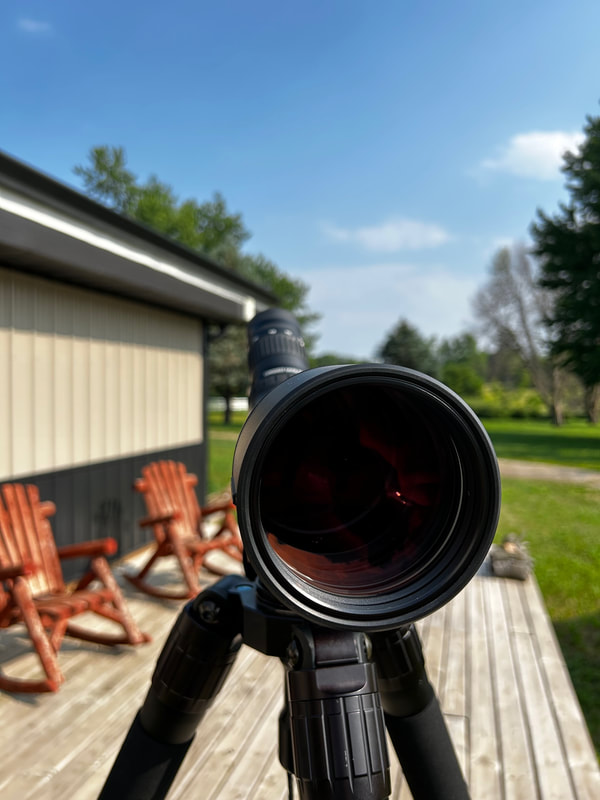
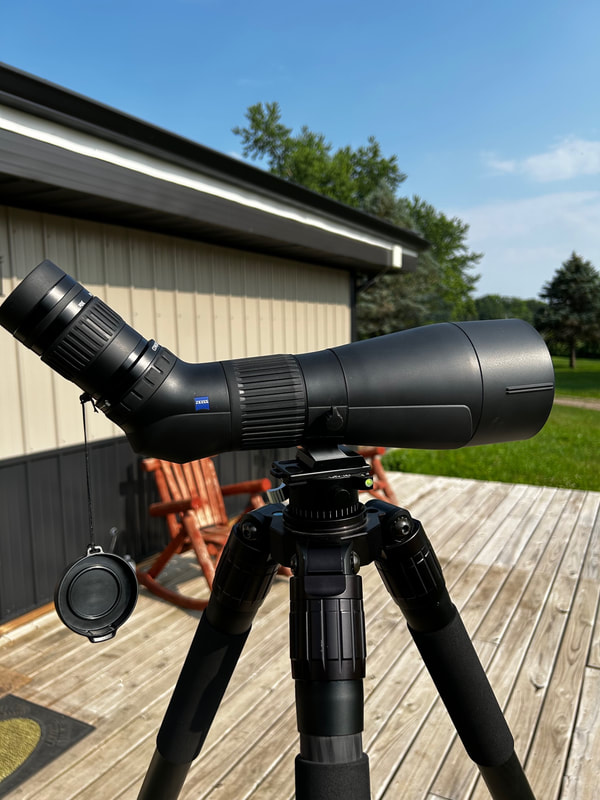
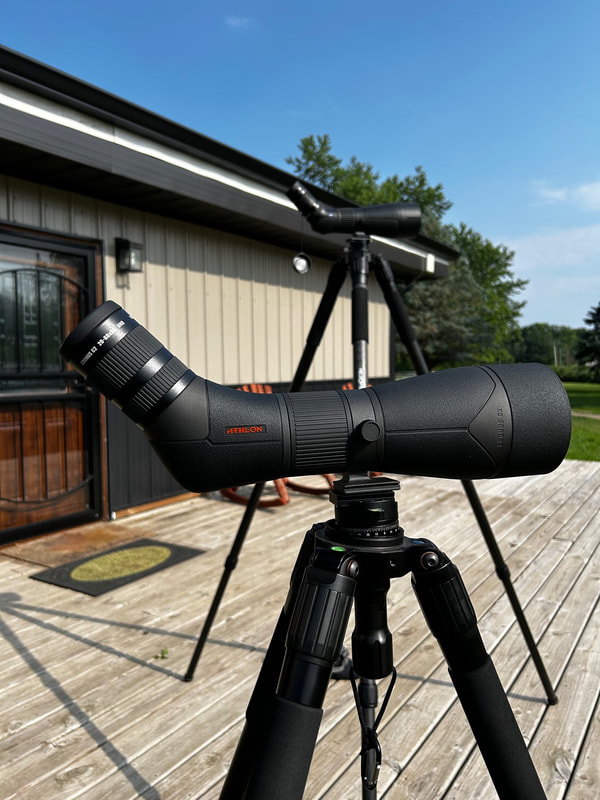
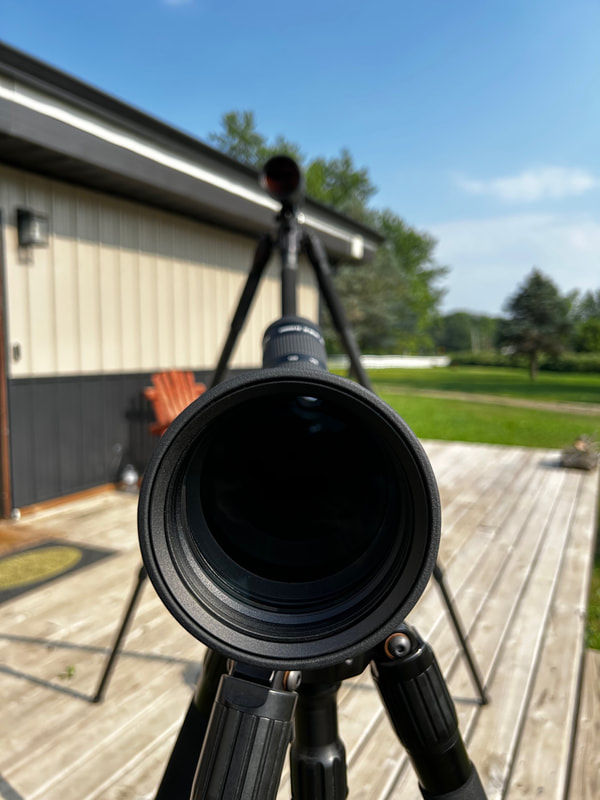
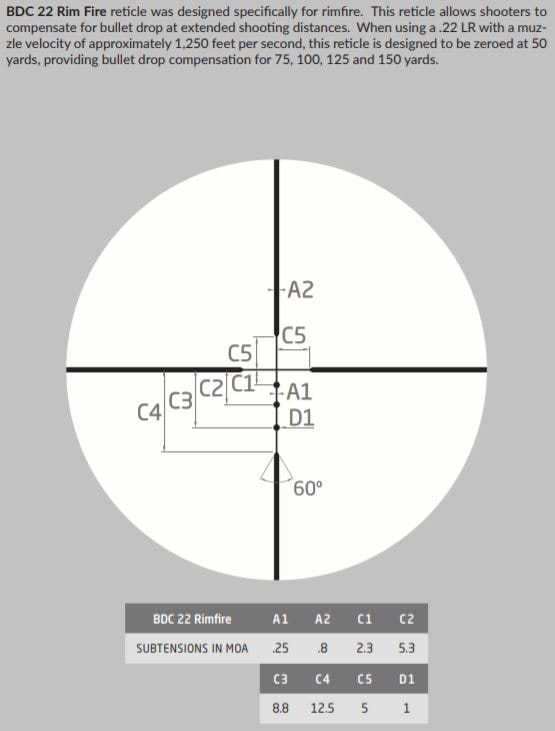
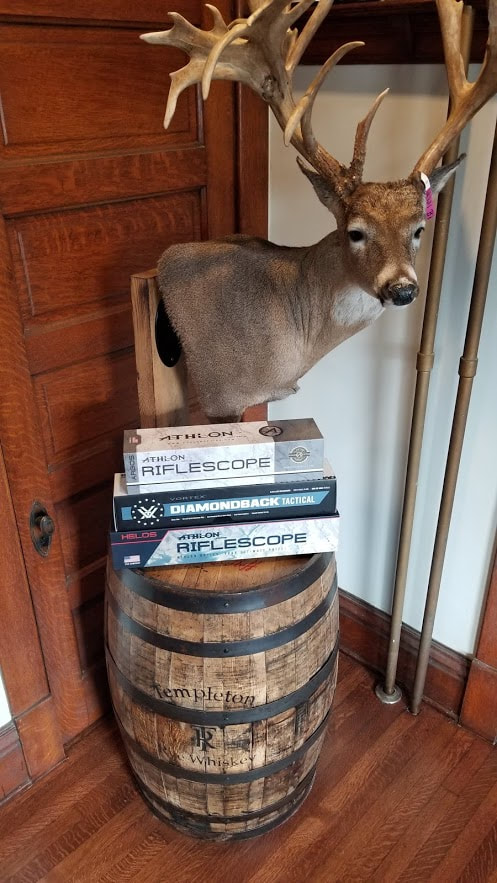
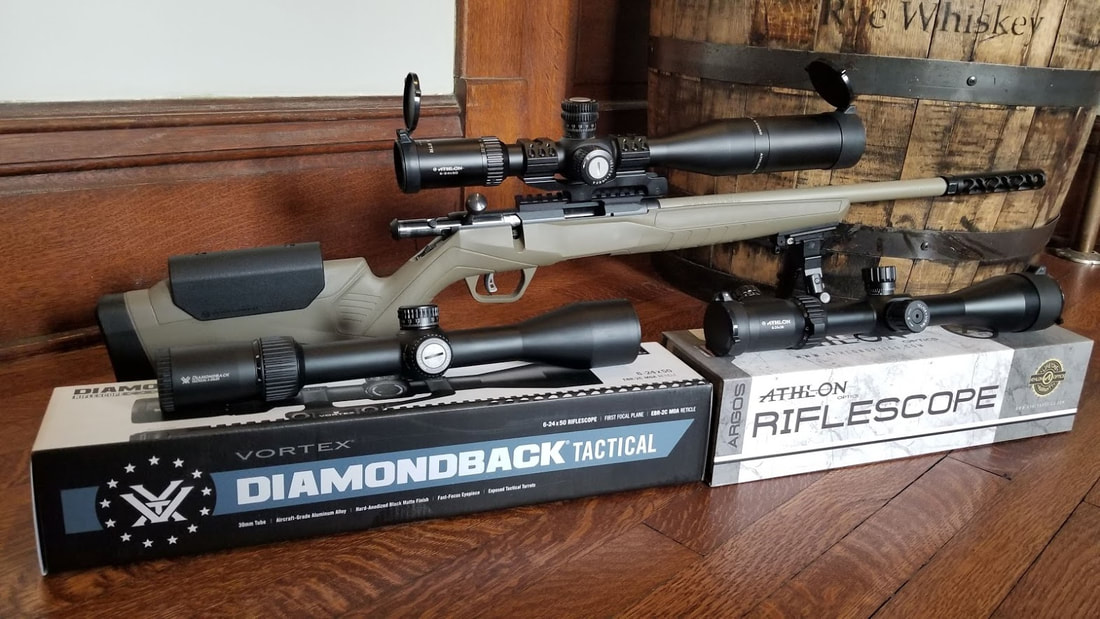
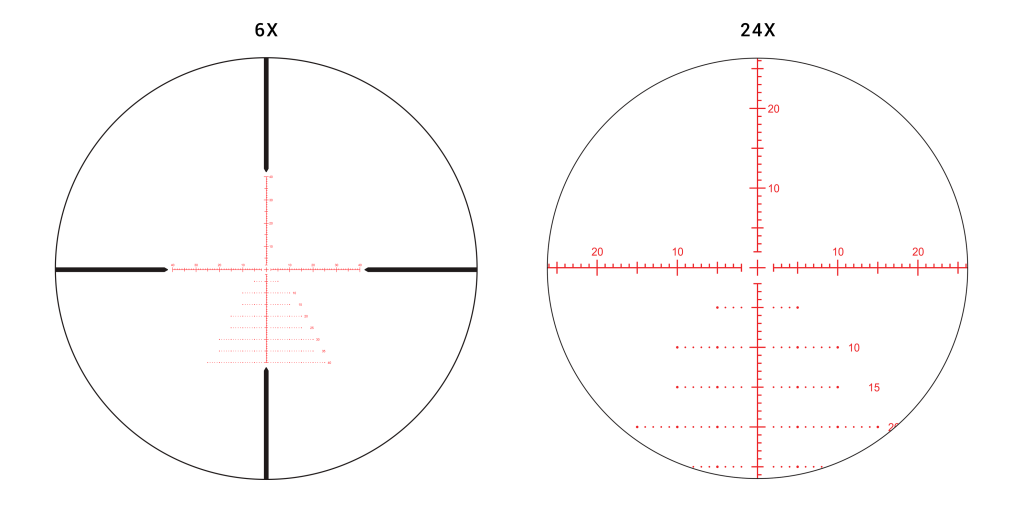
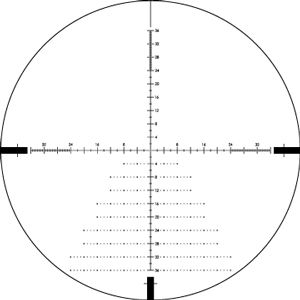
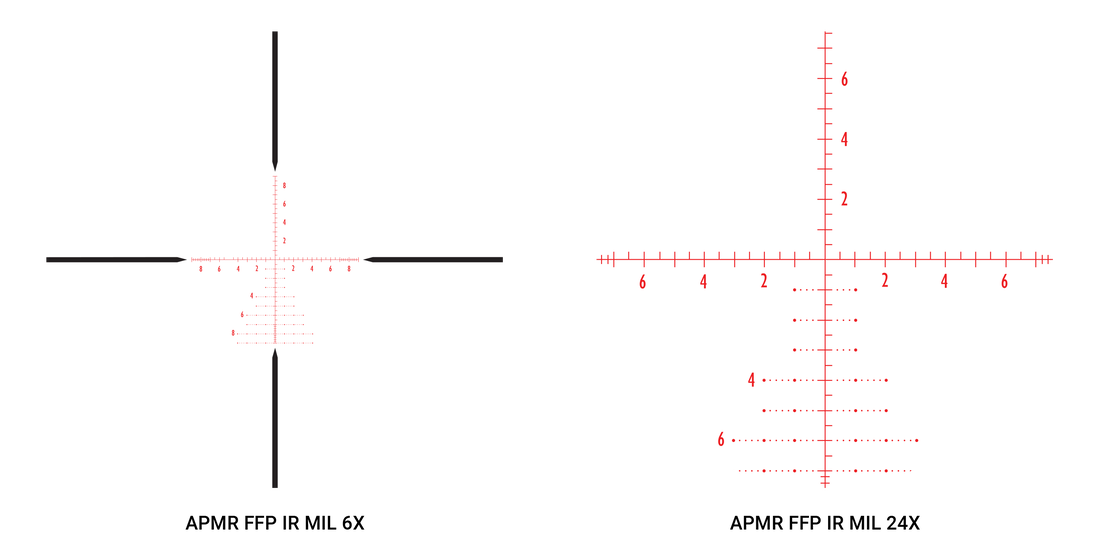
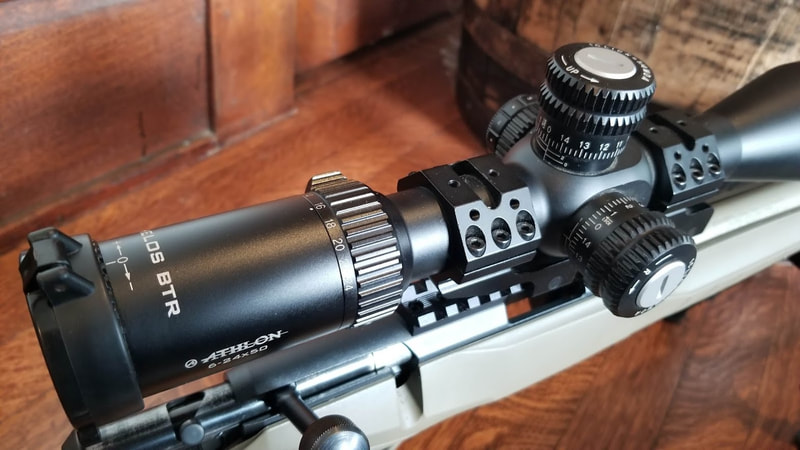
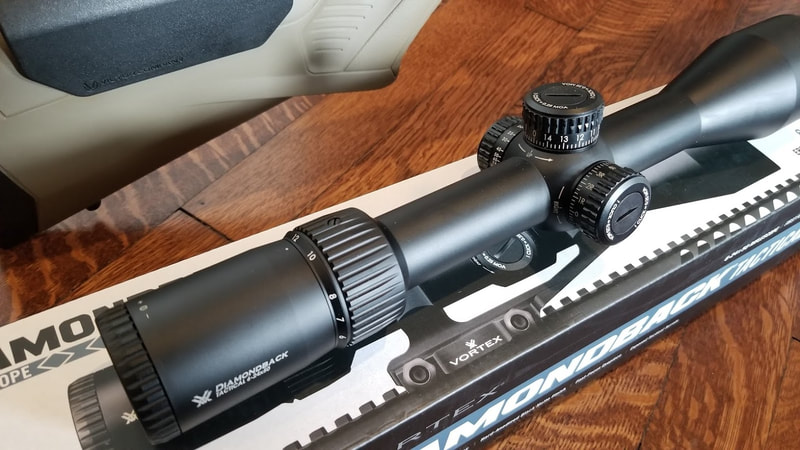
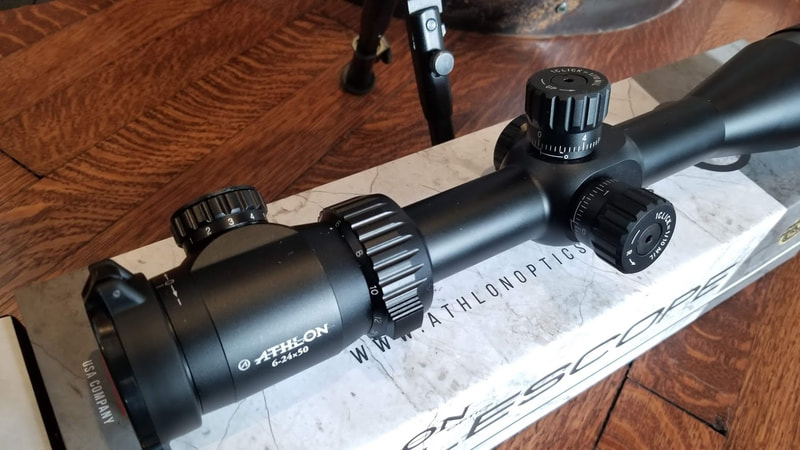
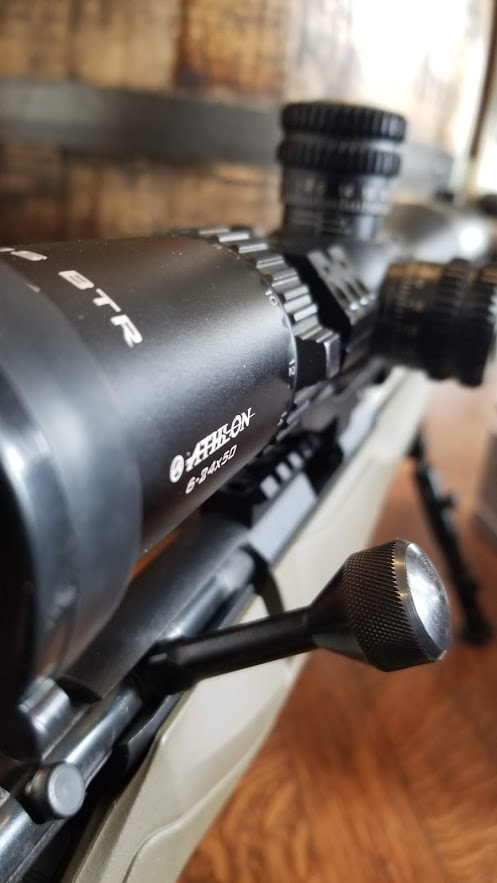
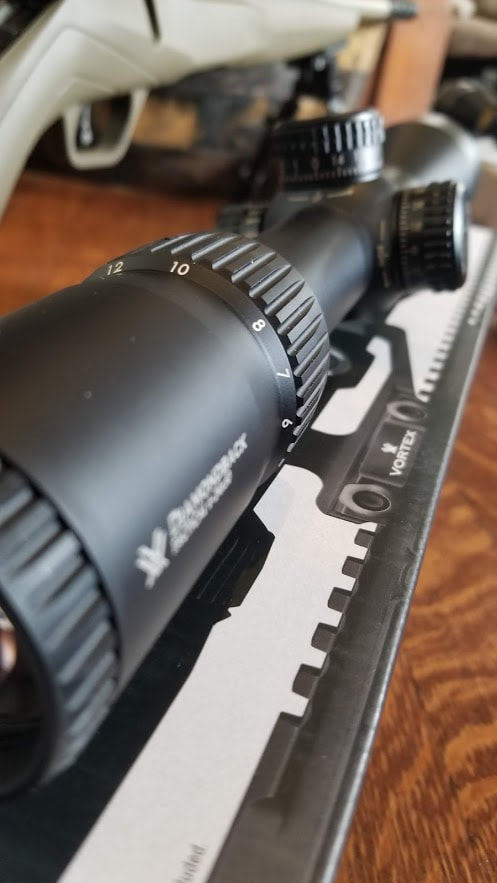
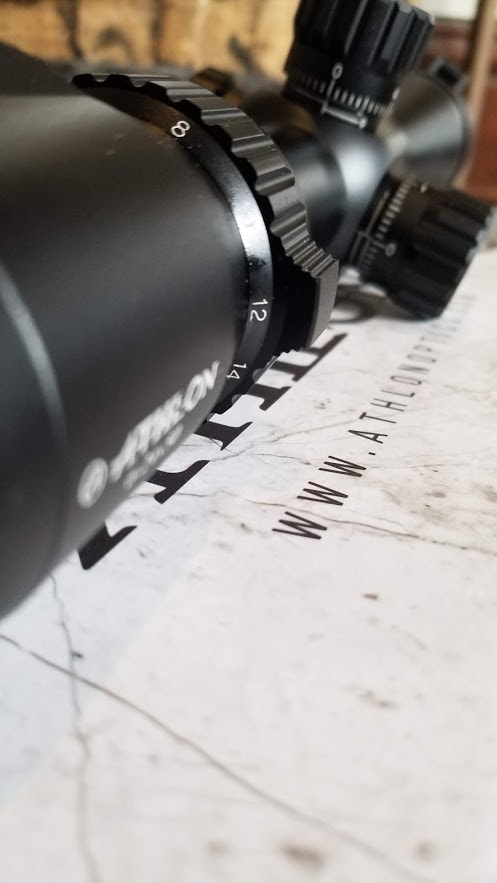
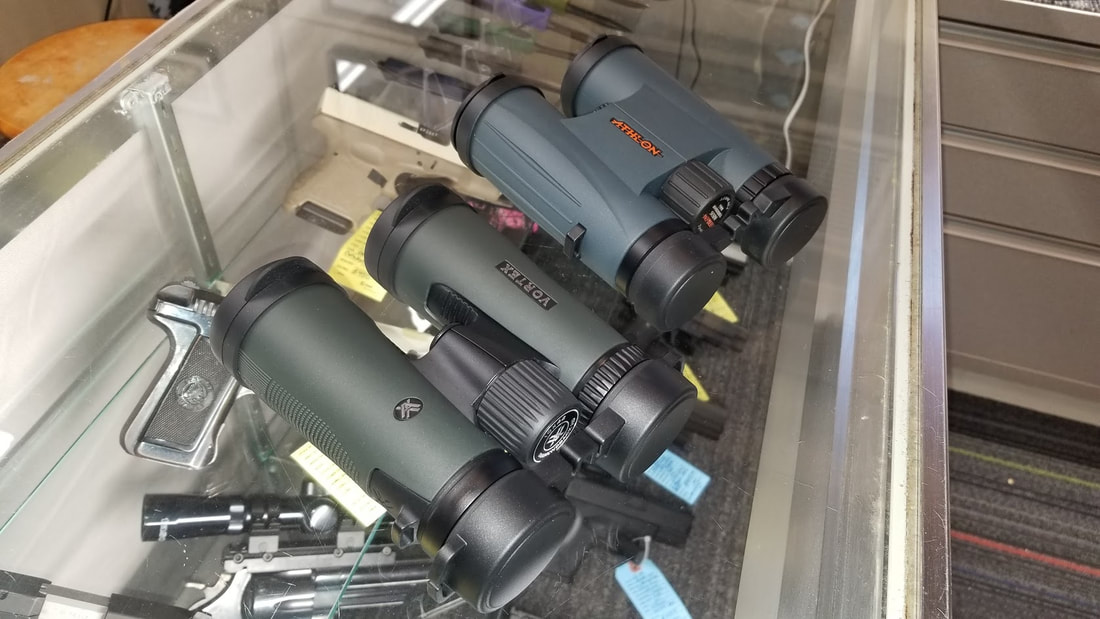
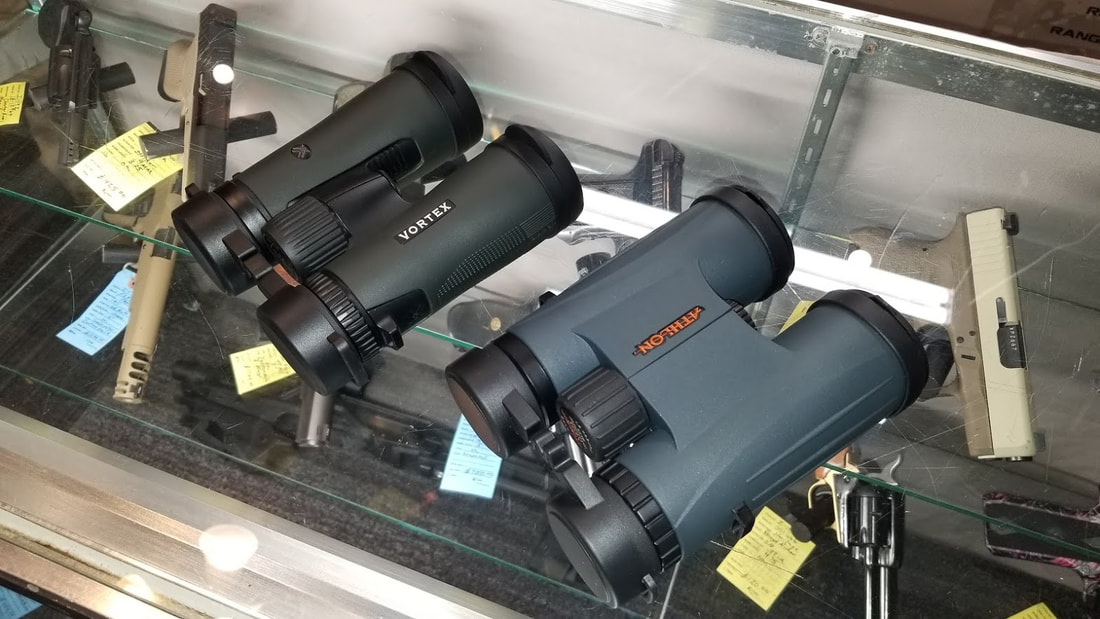
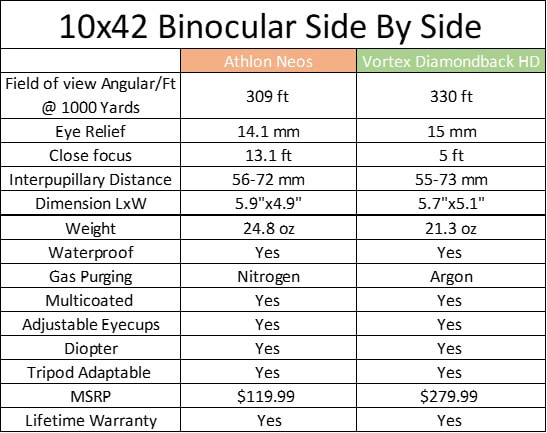

 RSS Feed
RSS Feed